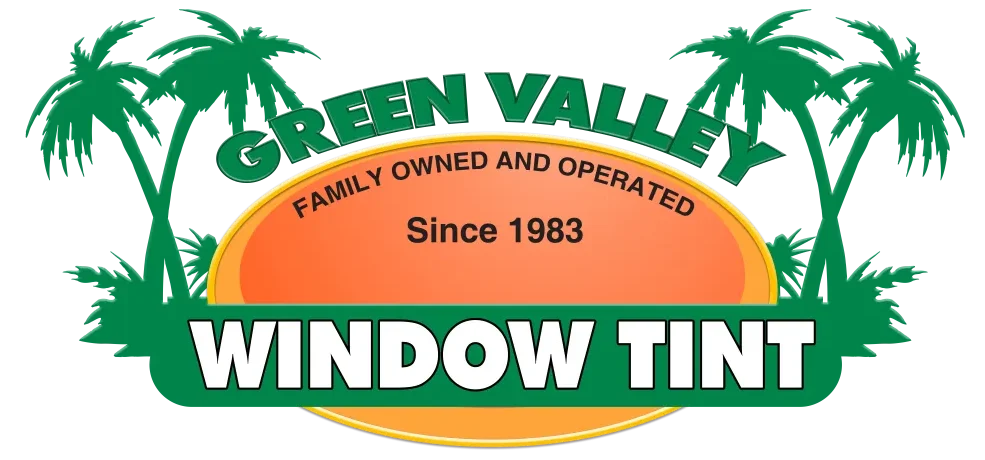The world of automotive technology has seen significant advancements over the years, from the introduction of GPS navigation systems to the seamless integration of Bluetooth connectivity. However, some age-old misconceptions continue to persist, causing concerns about the use of vehicle tint and its impact on these technologies. In this blog, we will debunk the misconception that vehicle tint messes with people’s GPS and Bluetooth systems. We’ll explore the technology behind these systems and explain why modern vehicle tints do not interfere with them.
The Misconception
Many people believe that applying window tint to their vehicle’s windows can negatively affect their GPS navigation and Bluetooth connectivity. This belief has its roots in the past when certain metallic-based window tints did interfere with radio frequencies and signals. However, today’s technology has come a long way, and modern vehicle tints are designed with these concerns in mind.
GPS Navigation
Let’s start by addressing the concern about GPS navigation systems. GPS (Global Positioning System) relies on a network of satellites to triangulate your vehicle’s position. Modern GPS receivers are highly advanced and use radio waves that can penetrate most common window tints with ease. The materials used in vehicle tints today are typically non-metallic, allowing these radio waves to pass through without interference.
Most vehicle tints are designed to block only specific frequencies of light, such as ultraviolet (UV) and infrared (IR) rays. These tints do not interfere with the radio frequencies used by GPS devices. Therefore, your GPS navigation system should work just as effectively with tinted windows as it would with untinted windows.
Bluetooth Connectivity
Bluetooth technology is another area where misconceptions persist. Bluetooth uses short-range radio waves to establish connections between devices like your smartphone and your car’s infotainment system. Many believe that tinted windows can obstruct these signals. However, modern window tints are not constructed with materials that disrupt Bluetooth connectivity.
Bluetooth radio waves are of relatively low frequency, allowing them to pass through non-metallic tints with minimal attenuation. In other words, your Bluetooth connection should remain stable even with tinted windows. This technology has been thoroughly tested and adapted to ensure compatibility with a wide range of car features.
The Role of Ceramic and Non-Metallic Tints
One of the key reasons why modern vehicle tints do not interfere with GPS and Bluetooth is the use of non-metallic and ceramic tints. These tints offer all the benefits of traditional tints, such as UV and IR protection and privacy, without the drawbacks of signal interference.
Non-metallic tints are made from dyes and carbon particles, making them transparent to radio waves and signals. Similarly, ceramic tints are composed of ceramic nanoparticles that are also transparent to most electromagnetic signals. These materials are the ideal choice for vehicle tints when you want to preserve your GPS and Bluetooth functionality.
The misconception that vehicle tint can disrupt GPS and Bluetooth functionality is outdated and unfounded. Thanks to advancements in automotive technology and window tint materials, modern tints are designed to be transparent to radio waves and signals, ensuring that your GPS navigation and Bluetooth connectivity remain unaffected. If you’re concerned about signal interference, choose non-metallic or ceramic tints for your vehicle, which offer all the benefits of traditional tints while preserving your tech-savvy driving experience.
So, feel free to tint your windows for enhanced privacy, UV protection, and improved aesthetics without worrying about your GPS or Bluetooth systems. The technology of today ensures that you can enjoy the best of both worlds: a stylish and comfortable ride around Vegas with all your favorite tech features at your fingertips.





